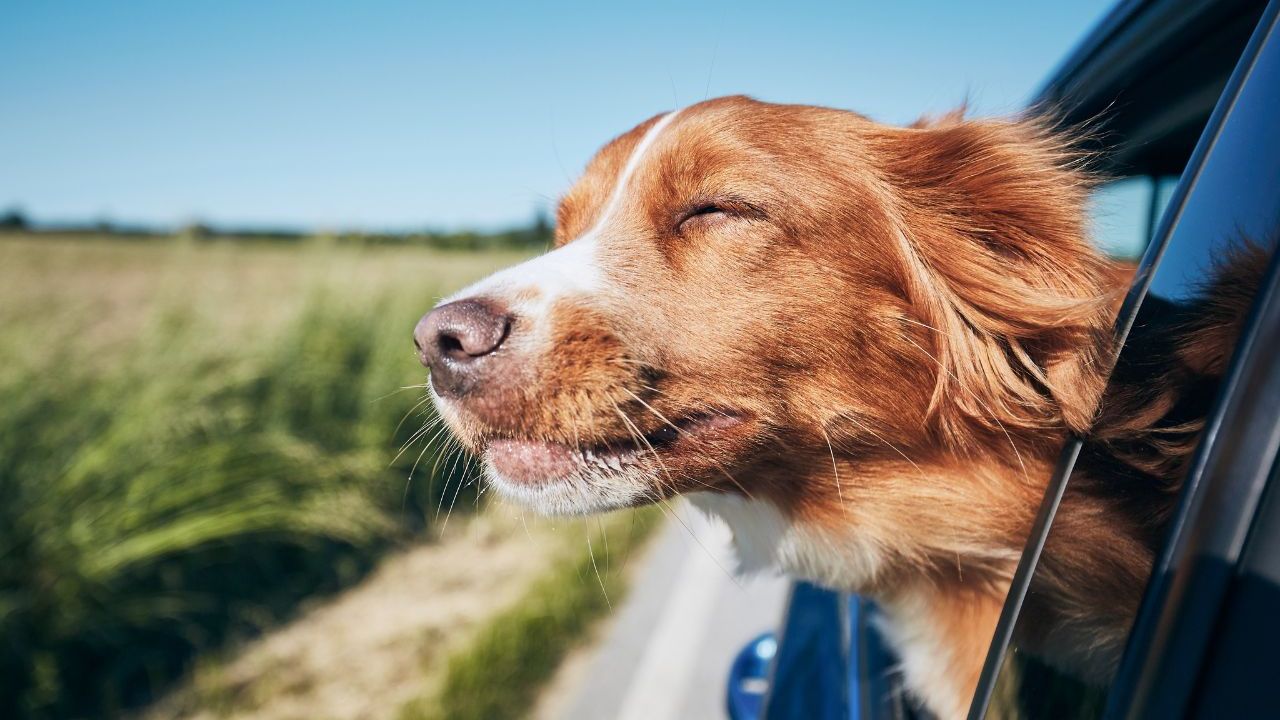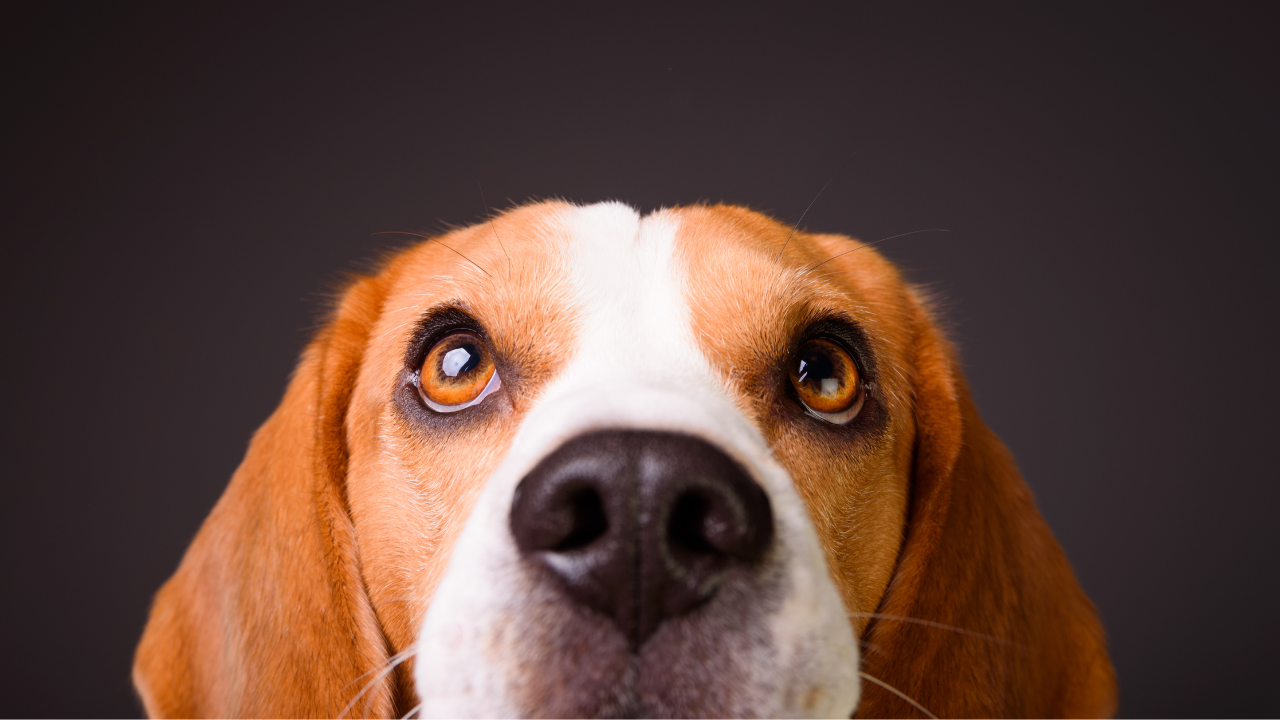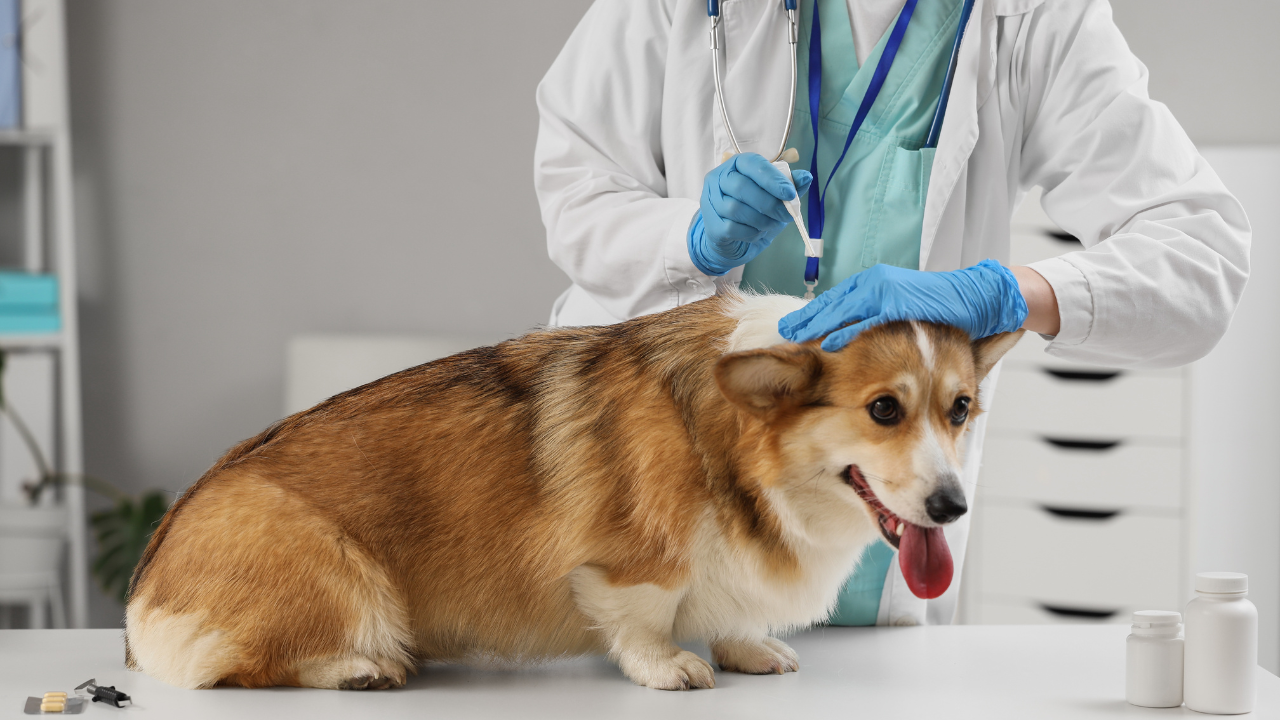Travelling With Your Dog This Festive Season

As the festive season is upon us we are preparing for our well-deserved holiday break. As Fluffy is part of the family he will be joining you on your holiday adventures. Packing his vacation suitcase requires some planning and his vay-cay preparation needs to start before he even places his 4 paws into your car.
Factors to Consider Before Travelling with Your Dog
There are some factors to consider when packing his bag such as:
- What are the weather conditions like at your holiday destination? Is it hot, humid, rainy, or cold with snowfall? This will have an impact on the type of dog supplies you pack as Fluffy will need warm doggy clothes and booties to keep him warm and comfortable while frolicking in the snow.
- The method of transportation. Will Fluffy enjoy the scenery from a car, aeroplane or train window?
- What is the duration of your trip? Short trips require fewer items than longer stretches, such as water bowls, food, dog beds, leashes, toys, and so on.
- Is this his first trip or is he Bear Grill himself?
If this is his first ron-day-vu, then you can do a few things beforehand to make his trip and yours enjoyable. Firstly he should be leash-trained. This makes it easier to take him out for potty breaks while at the rest stop or for walks when at your destination. As explained in the PDGA Intermediate Dog Grooming Online Course, basic obedience training can make Fluffy and your life much easier.
The best and safest way to travel with a dog in the car is to make use of a crate - this is where crate training comes into play. Before you purchase a crate there are a few things to remember.
Things to Consider When Buying a Dog Crate
Purchase a crate that is size appropriate - He should be able to lie down, stand and turn around in his crate comfortably.
Non-slip base and flooring - The crate should have a non-slip bottom and standing surface to prevent him from slipping in the crate.
Secure locking system - The crate should have a secure lock so that he won’t be able to open the crate door.
The crate should be in good condition - There should be no protruding wires that can cause injury.
Well-ventilated - The crate should be well-ventilated.
Design - Crates are made of various materials like plastic, metal, foldable etc. Ensure that the type of material and durability you choose will support the weight and behaviour of your dog.
Now that you have the crate, how do you get Fluffy to befriend it? Most dogs can find a crate intimidating and even scary if they are not raised with it. Even if your dog is not crate-trained you can help him get used to it by doing the following:
Crate Training Before Going on Holiday
Make the crate comfortable - A month prior(or even more) to your trip place the crate in his normal sleeping space with his bed and bedding inside. Leave the crate door open at all times, allowing him to come and go as he pleases. The goal is to make him feel safe and comfortable in the crate, you can even lure him into the crate and reward him with a treat once he is inside.
Hide treats in the crate - You can hide kibble, stuffed Kong, bone marrow inside the crate under his bed and so on to create the element of surprise. Fluffy will sniff out the treat in no time and will find the crate to be his personal treasure chest.
Feed his meals inside the crate - Feed him inside the crate, this will create a positive association with the crate. Make the crate a place where your dog enjoys being, by adding some fun toys and food puzzles.
Some additional crate training tips are:
- Place the crate in the living room or your bedroom to prevent him from associating the crate with isolation.
- Place your dog in the crate after exercise and/or when he has relieved himself outside. He will be calmer in the crate.
- Never leave toys in the crate when you are not around as he can choke on them.
- Bedding should only be placed in the crate once he is completely potty trained.
Some dog owners don’t need or want to use a crate and that is perfectly fine, just ensure that your dog and family are safe during your travels. There are many products on the market to guarantee a pet to travel safely.
Fluffy’s bags are packed and you are ready to visit grandma. The following checklist will help you double-check to ensure you are not missing a step:
- His vaccinations should be up-to-date
- Flea treatment should be applied whether it is a flea collar or topical pills. Prevention is better than cure
- His vet book
- Have car-sick tablets
- Water bowl and water for the trip
- Food bowl and dog food
- Leashes
- Poop bags
- Treats
- Toys
- Collar with ID tag
- Dog bed and bedding
- Dog towel
- Brushes
- Dry shampoo is great for maintaining a dog’s coat while on holiday
- Dog-friendly sunscreen
- Nose and paw pad balm
You have checked all the boxes and are ready, but before you jump in the car, plane or train here are some final thoughts.
Final Thoughts
- It is advised to have your dog medically examined before travelling long distances.
- Leave your unpacked suitcase out for about a day before your travel. For many dogs, suitcases can trigger anxiety as they have noticed their owners leaving when seeing these dreaded things. Keeping them out and not going anywhere may reduce this anxiety.
- Ask your vet for calming meds or motion sickness pills. This should be given to your pooch about two to three hours before departure. Ask your vet for guidance on this topic.
- Have a damp wash cloth and a little bucket in the car if your pet is prone to motion sickness.
Last but not least, have fun and be safe! The festive season is a time for families to get together and create precious memories.
So sit, stay and do not go away!
Safe travels!





